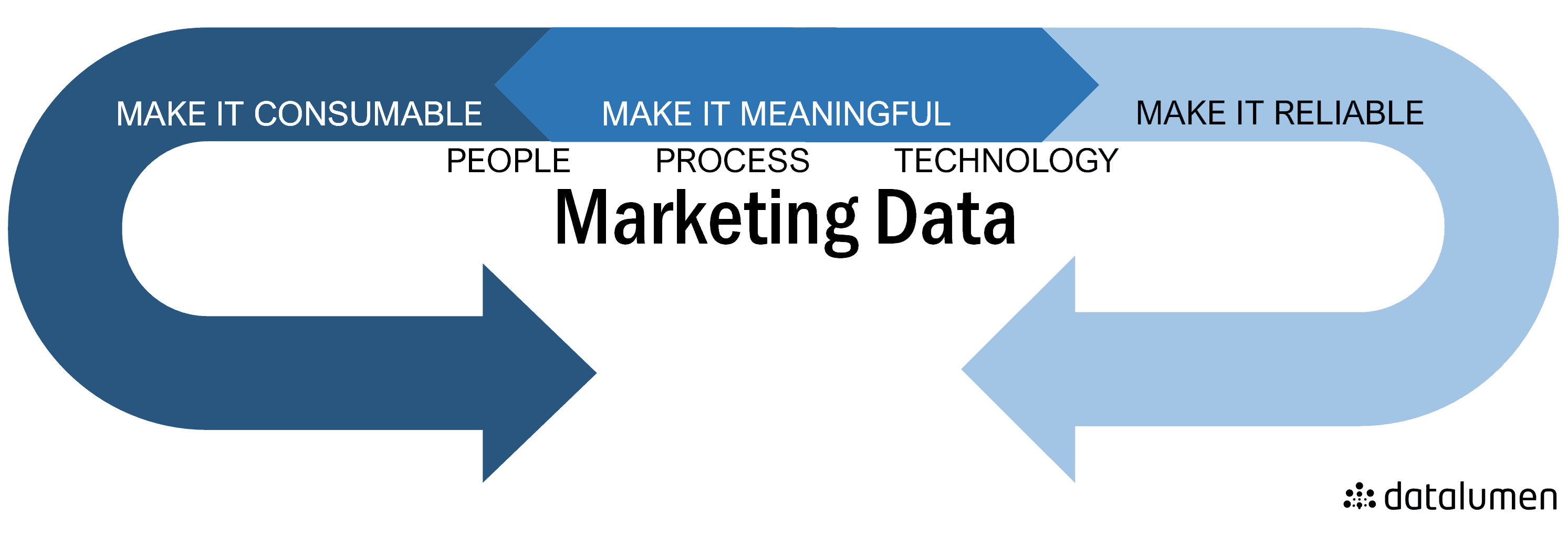WHY THE DERAILED SALESFORCE ACQUISITION OF INFORMATICA MIGHT NOT BE BAD AFTER ALL
Negotiations to acquire data management software company Informatica fell through after Salesforce, a business software giant, and Informatica couldn’t reach an agreement on terms. Discussions between the two companies were reportedly well underway in April, and a successful deal would have been one of Salesforce’s largest acquisitions.
A Missed Opportunity or a Blessing?
Lock-in
One concern with large acquisitions is vendor lock-in. If Salesforce had acquired Informatica, some Informatica customers might have felt pressured to adopt Salesforce’s entire suite of products, even if they weren’t the best fit for their data governance, data quality, and data catalog needs. Informatica, remaining independent, can continue to focus on providing data management solutions that can integrate with various platforms, giving customers more flexibility. However, it’s important to note that Salesforce customers would likely also face pressure to adopt the Informatica platform if the acquisition had gone through, potentially limiting their choice among the strong alternatives in the data management market. See the latest Forrester ‘The Seven Providers That Matter Most And How They Stack Up‘ report.
Focus & Innovation
Large acquisitions can sometimes lead to a loss of focus for both M&A parties. With the Informatica deal off the table, both Salesforce and Informatica can concentrate their resources on core business software development and continue to innovate in their own respective spaces.
Conflicting Product Portfolio – Informatica vs Mulesoft
Salesforce already owns Mulesoft, another integration platform. There might have been overlap in functionalities between Informatica and Mulesoft, leading to product rationalization and confusion regarding future product roadmaps for both platforms. Confusion around future product roadmaps would create uncertainty for customers. They might not know which platform to invest in or how long their current platform (Informatica or Mulesoft) would be supported. This uncertainty could lead to a higher risk of rework or reinvestment as customers adapt to changes or migrate to a different platform.
Market Preference – Best-of-Breed vs All-in-One-Platform
Nowadays the majority of businesses prefer a “best-of-breed” approach, using the best tools from different vendors for specific tasks. An Informatica acquisition could have pushed Salesforce more towards an “all-in-one” platform strategy, which might not resonate with all customers who favor a more flexible approach. The simplicity of an all-in-one-platform or best-of-suite solution is appealing – fewer tools to manage and potentially lower costs with a single vendor. But real-world experience often reveals hidden drawbacks.
Conclusion
Overall, the failed Salesforce-Informatica deal allows both companies to remain their focus and better cater to their customer preferences in a competitive market that offers a variety of data management solutions.

